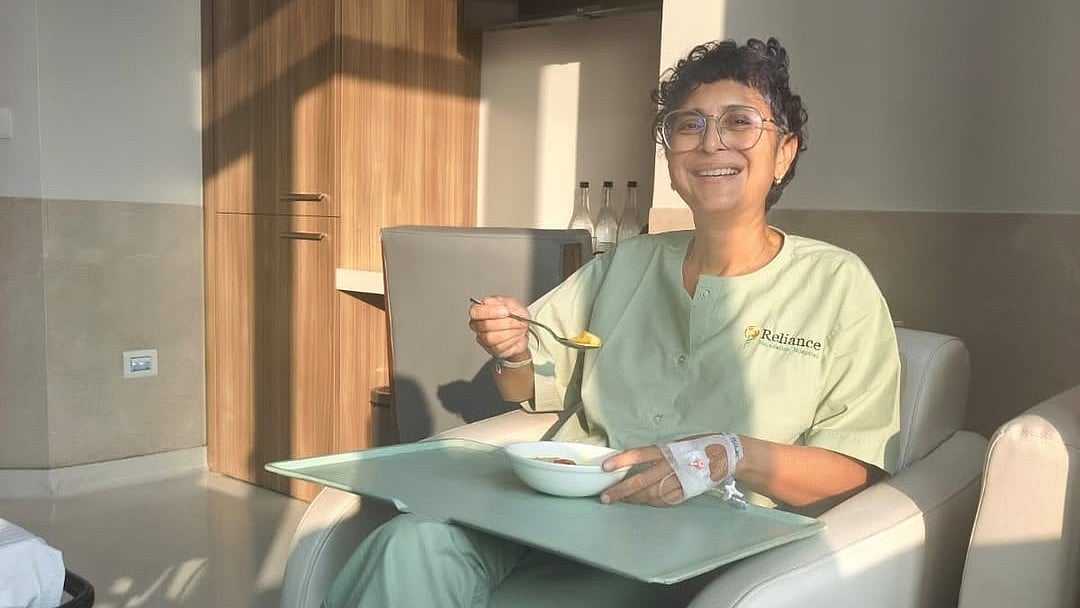The country is currently caught in a possible third wave of COVID-19. Amid the rapidly rising cases of COVID-19 and the new Omicron variant in India, we all need to follow the government and civic body-issued guidelines & safety measures thoroughly. This time around, most patients are asymptomatic or showing mild symptoms of COVID-19, since they don’t necessarily need hospitalization, they need to adhere to BMC-issued guidelines of home isolation.
The guidelines apply to patients who have been clinically assessed and assigned as mild/ asymptomatic cases of COVID19.
Asymptomatic patients as laboratory-confirmed cases, who are not experiencing any symptoms and have oxygen saturation at room air of more than 93 percent.
Clinically-assigned mild cases are referred to as patients with upper respiratory tract symptoms with or without fever, without shortness of breath and having oxygen saturation at room air of more than 93 percent.
COVID-19 has affected every family in our neighbourhood some or the other way, and now with the new Omicron variant, we need to prepare ourselves better. The current home isolation guidelines are for a period of seven days.
Symptoms of Omicron
Cough, sore throat, tiredness, fever are the most common symptoms of Omicron. Currently, fatigue and headache are the two prominent symptoms that are being noticed with the Omicron variant (in around 65% of cases).
Those with mild symptoms people can ensure safe home quarantine with the following steps:
Step 1: The first step of home isolation is to Isolate yourself from the rest of the family members and take a rest. All the other family members should wear masks at home. These can be cloth masks or surgical masks. Every household must ensure sanitization at ens of isolation period.
Step 2: Every household should have a digital thermometer. One should check the temperature of all individuals at home daily; especially check the temperature of the ones who are isolating themselves. Any axillary temperature more than 99.5 is considered as fever. These patient needs immediate attention and further evaluation. Isolating family members should meticulously monitor their body temperature every 4 hours.
Step 3: Pulse Oximeter is the third important and essentially needed for patients who are home quarantined or undergoing treatment at home. If Pulse Oximeter reading goes below 93 percent or 3 percent less than routine value then one must visit a COVID19 care centre or the nearest hospital. Patients should check oxygen saturation using a Pulse Oximeter and inform their caregiving physician at intervals of 6 hours.
Step 4: We recommend appropriate cross ventilation in the rooms and a Six-Minute Walk Test for patients. We recommend the patient walk-in room for 6 minutes at a normal pace and recheck the oxygen levels. If oxygen levels drop after the walk, then it’s a sign of Early Hypoxia, and these patients should look for beds in the hospital or foolow guidance of qualified physician.
Moreover, if you are 15 years and above, get yourself registered for vaccination. This will give you immense immunity to fight the virus if you get infected. Registration process details can be found on relevant government websites
Who is not eligible for home isolation?
According to the guidelines issued by the civic body:
Patients with immune-compromised status are not recommended for home isolation. These patients will require a caregiver to be present round-the-clock
Home isolation shall not be applicable for pregnant women two weeks before the expected date of delivery
Those with co-morbidities can opt for home isolation but their eligibility will be decided after medical evaluation.
For those who cannot isolate themselves at home, due to paucity of space, or lack of familial support system, or other reasons, will be quarantined at BMC-authorised isolation facilities.
Alongside safeguarding patients within their homes, these guidelines will also ensure that the hospital beds are prioritised for patients with severe symptoms and that the healthcare workers are not stretched beyond their limits while trying to care for patients round the clock.
(Dr Kirti Sabnis, Infectious Disease Specialist, Fortis Hospital Kalyan & Mulund)









